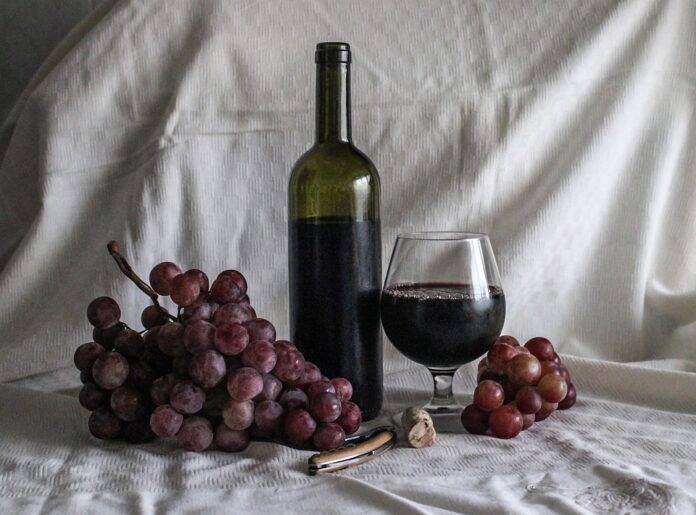Introduction
The wine industry is constantly evolving to meet the changing needs and preferences of modern consumers. One of the key aspects of this evolution is the way wine is packaged. Wine packaging formats have undergone significant changes in recent years to cater to the demands of consumers who are looking for convenience, sustainability, and innovation. In this report, we will explore why wine packaging formats are evolving and how they are meeting the needs of today’s consumers.
Changing Consumer Preferences
Convenience
One of the main reasons why wine packaging formats are evolving is to provide consumers with greater convenience. Traditional glass bottles are heavy, breakable, and require a corkscrew to open. In contrast, alternative packaging formats such as boxed wine, canned wine, and single-serve bottles offer consumers a more convenient option for enjoying wine on the go. These formats are easier to transport, store, and open, making them ideal for picnics, outdoor events, and other occasions where traditional glass bottles may be impractical.
Sustainability
Another driving factor behind the evolution of wine packaging formats is the increasing emphasis on sustainability. Glass bottles have a significant environmental impact due to their weight, transportation costs, and recycling challenges. As a result, many wineries are turning to alternative packaging formats that are more eco-friendly, such as Tetra Pak cartons, PET bottles, and bag-in-box packaging. These formats are lighter, more compact, and have a lower carbon footprint than traditional glass bottles, making them a more sustainable choice for environmentally-conscious consumers.
Industry Trends
Financial Data
The wine packaging market is experiencing steady growth, driven by changing consumer preferences and the increasing demand for innovative packaging solutions. According to a report by Grand View Research, the global wine packaging market was valued at $19.9 billion in 2020 and is projected to reach $25.8 billion by 2027, with a CAGR of 3.5% during the forecast period. This growth is fueled by the rising popularity of alternative packaging formats and the growing focus on sustainability in the wine industry.
Actual Companies
Several wine companies have embraced alternative packaging formats to meet the evolving needs of modern consumers. For example, Black Box Wines offers a range of premium wines in convenient and sustainable bag-in-box packaging. The company’s eco-friendly packaging has resonated with consumers who are looking for a more environmentally-friendly option for enjoying wine. Similarly, Union Wine Company is known for its popular canned wines, which are perfect for outdoor activities and casual gatherings. These companies are leading the way in the industry by offering innovative packaging solutions that cater to the needs of today’s consumers.
Consumer Demands
Demand for Innovation
Modern consumers are increasingly looking for innovative and unique packaging formats that stand out on the shelves and offer added convenience. Alternative packaging formats such as canned wine, Tetra Pak cartons, and PET bottles are gaining popularity among consumers who are looking for something different from traditional glass bottles. These formats not only provide a more convenient option for enjoying wine but also offer a fresh and modern take on wine packaging that appeals to a younger demographic.
Focus on Sustainability
Sustainability is a key concern for today’s consumers, particularly when it comes to the products they consume. As a result, many wine companies are prioritizing eco-friendly packaging solutions that reduce their environmental impact. Alternative packaging formats such as bag-in-box, Tetra Pak, and PET bottles are seen as more sustainable options compared to traditional glass bottles, which have a higher carbon footprint. By offering these eco-friendly packaging options, wine companies can attract environmentally-conscious consumers and differentiate themselves in a competitive market.
Conclusion
In conclusion, wine packaging formats are evolving to meet the changing needs and preferences of modern consumers. Convenience, sustainability, and innovation are driving factors behind this evolution, with alternative packaging formats such as boxed wine, canned wine, and Tetra Pak cartons gaining popularity among consumers. The wine industry is experiencing steady growth, with a focus on eco-friendly packaging solutions and unique formats that cater to the demands of today’s consumers. As consumer preferences continue to evolve, we can expect to see further innovation in wine packaging formats to meet the needs of a diverse and increasingly environmentally-conscious market.

